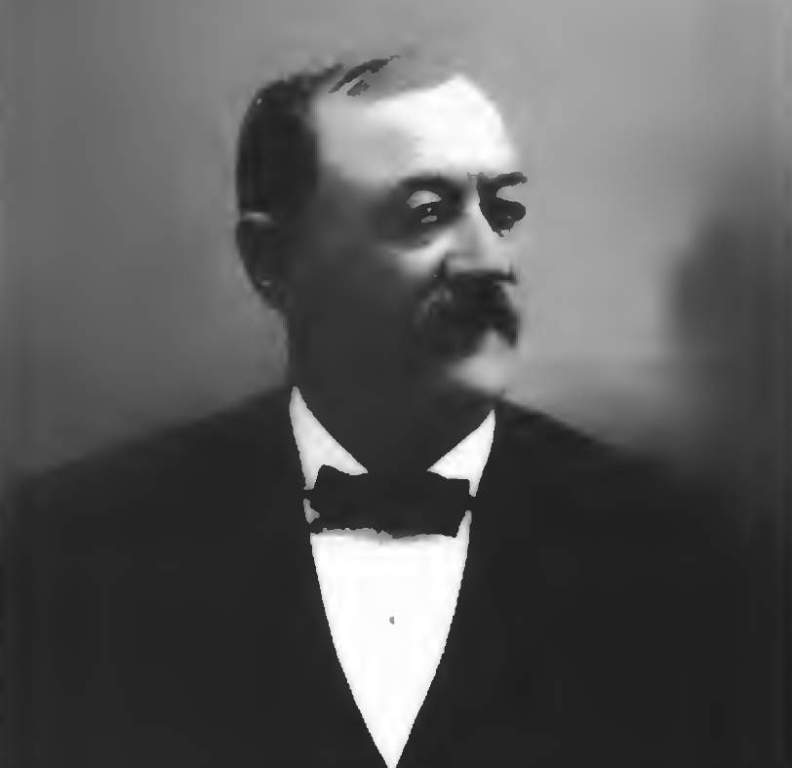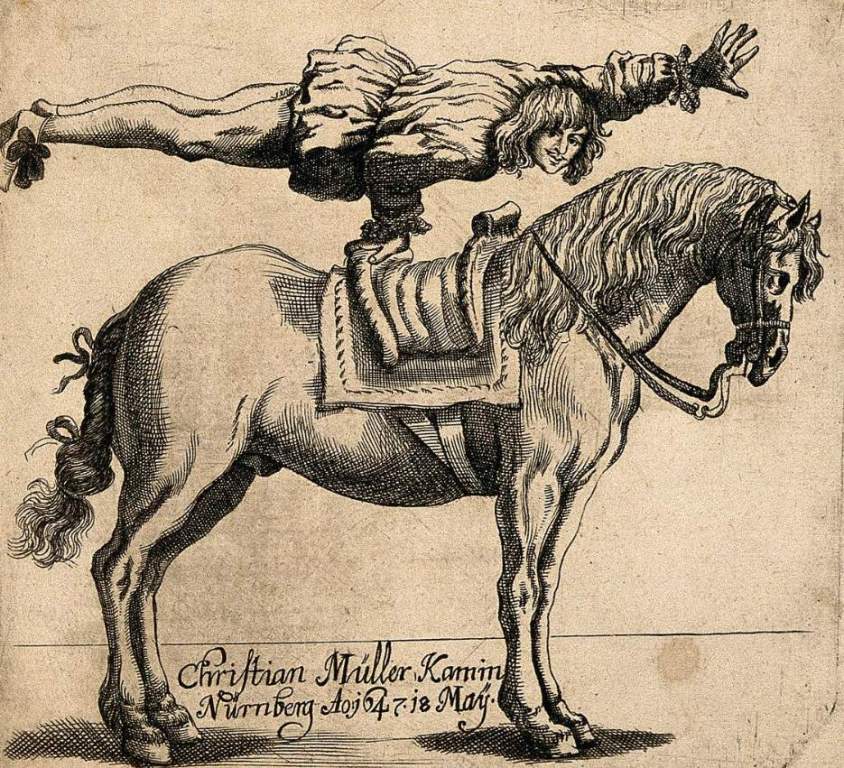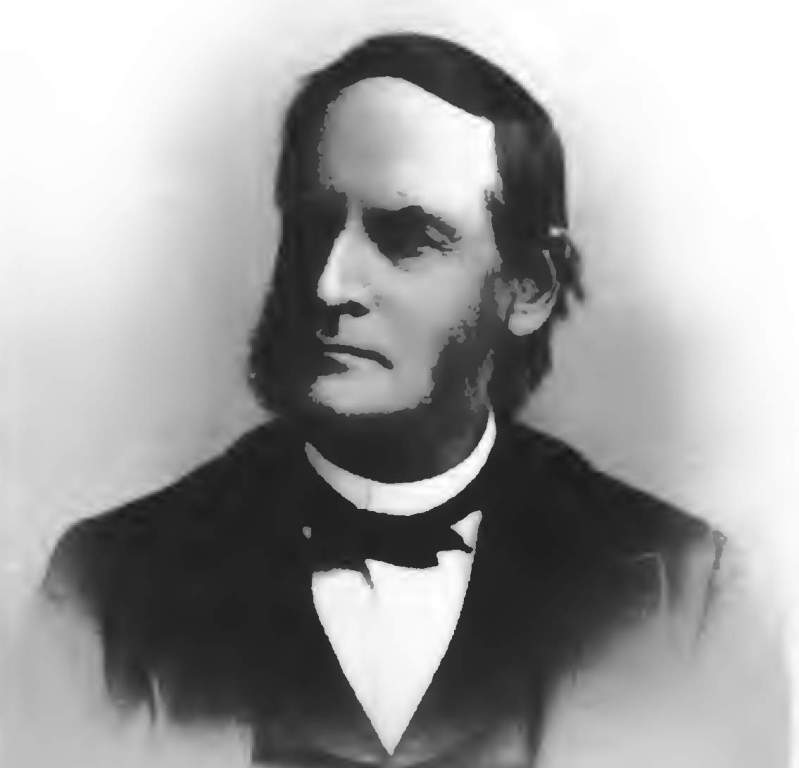Samuel Dale was born in Rockbridge County, Va., to Pennsylvania parents who were of Scotch-Irish descent. He was also known as “Daniel Boonie of Alabama”. In the Creek War, Samuel Dale served under General Andrew Jackson as an American frontiersman, trader, miller, hunter, scout, courier, soldier, spy, army officer, and politician. Samuel Dale also became a brigadier general in the U.S. Army and supported Alabama’s statehood.
In 1775, the family moved to the forks of the Clinch River on the Indian frontier, and as a boy, Sam Dale was familiar with the scenes of horror that were common on that frontier during the War of the Revolution. Afterward, the family moved to Georgia, near the present site of the town of Greensboro. Here also, they were associated with the red men, and the boy’s life was one of constant adventure.
In the Christmas season of 1701, just after they had moved to a new home in Georgia, his parents both died and Samuel Dale, just under twenty years of age, was left to care for eight younger brothers and sisters. He received permission from the state government in 1793 to raise a troop of horses for the defense of the frontier, and the money he made helped him pay off his debt.
Until 1796, he had much scouting and duty and was in various romantic fights with the Red Warriors, for which his valor became famous. In 1799, he began trading among the Creeks and Choctaws and running a wagon line for the transportation of emigrants through the Indian country to the Tombigbee.

He and Alex Saunders were the guides of the commissioners who laid out the government road through the Cherokee country in 1803, after which he and Joseph Buffington set up a trading post in the Cherokee country. From this, he turned to mill within the settlements, but could not endure it long, and accompanied Col. Hawkins, the great Indian agent, to the council at Tookabatcha on the Tallapoosa, which was addressed by Tecumseh in October 1811.
Samuel Dale was again in the transportation business when trouble began in the latter part of 1812, and in the summer of 1813, he joined the party that attacked the Creeks returning from Pensacola at Burnt-corn Creek. When the volunteers evacuated Fort Madison, he organized a force to defend it despite his injury. He was soon back on duty.
He contrived a system of protective illumination, not with searchlights but with flaming pine fagots running up to the top of a fifty-foot pole, that aided in security from attack. In November 1813, he set out on a scouting expedition on the trail to Pensacola known as the Wolf Path with Jim Smith. Jerry Austill and a negro, Caesar, encountered a party of Creeks, the famous Weatherford being near at hand. The battle was partly fought in canoes, and Dale was victorious after he and his comrades had killed twelve antagonists.
Samuel Dale took part in the expedition to Holy Ground, and in February 1814, in command of Austill’s Company and Foster’s horse, he accompanied Russell’s Third Regiment in an expedition to the Cahawba towns. He and Mai Joseph Carson went to Pensacola in the summer of that year to treat the fugitive Creeks; in September, he rode express to Fort Hawkins 150 miles in three days, and in December, he carried dispatches from the war department to Gen.
Jackson, riding from the Creek agency in Georgia, carried a wallet of Indian flour for food and feed, and reached Madisonville in seven and a half days. He delivered his dispatches to Jackson amid the battle of New Orleans. Thereupon, Jackson insisted he should carry back the reply, and he did so, using the same horse, Paddy, that had brought him.
After the war, Samuel Dale lived at Dale’s Ferry, serving as colonel of the militia and holding various other offices in Monroe County, by appointment of Governor Holmes. He was a member of the Pearl River Convention of 1816 and a delegate to the Alabama General Assembly of the year 1817 at St. Stephens. In the same year, he was also made a colonel of the militia and entrusted with the suppression of the Indian outlaws led by Savannah Jack, a bloody villain. He built Fort Dale and, after several months, drove the outlaws out of the country.
Samuel Dale was in the Alabama legislature of 1819–20 and again in 1824–28; he was made a brigadier general of militia with the pay of a colonel in the United States Army in 1821. Moreover, he was one of those selected to meet General Lafayette at the Chattahoochee in 1824. After the Treaty of Dancing Rabbit Creek, the secretary of war commissioned him and George S. Gaines to relocate the Choctaws to Indian territory. He purchased a Choctaw chief two sections of land, which he then made his home near the site of the town of Daleville, Lauderdale County. Miss. He was the first representative in the Mississippi legislature, of Lauderdale County, after its organization.
The death of Gen. Samuel Dale occurred on May 24, 1841, at his home near Daleville. He was a rawboned square-shouldered man, standing six feet two, and known on the frontier as “Big Sam.” He even had a facial resemblance to the Indians, the light footfall of the forest roamer, and the taciturn manner, slow speech, and unsmiling countenance of the red men, whom he understood and loved, and who loved him, though he was often in the battle against them. He died at the age of 69 in Lauderdale County, Mississippi, and was buried there near Daleville, which was named in his honor.
Read More: Jumping the Gun – The War of 1812







